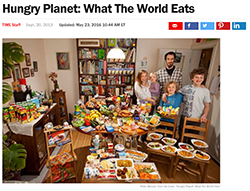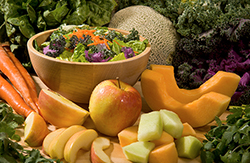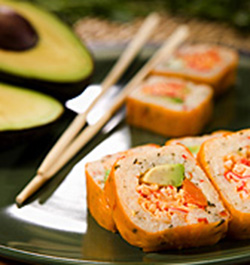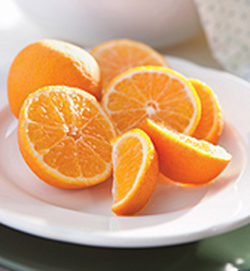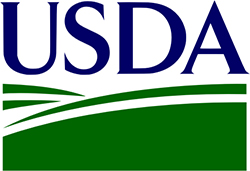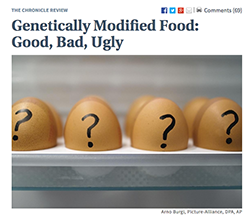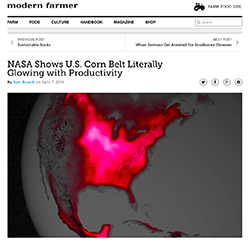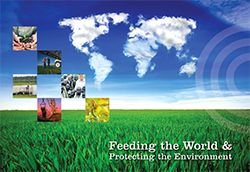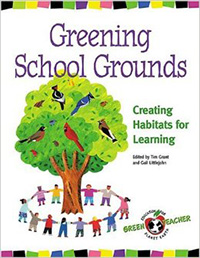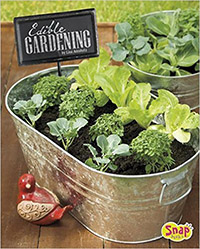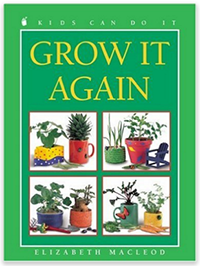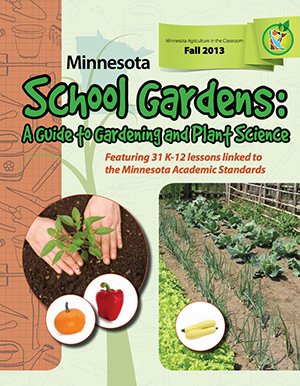Drawing on the expertise of over 100 North American educators, this book represents some of the finest thinking about how best to design and to maximize the learning in revitalized schoolyards. In this anthology from Green Teacher magazine, readers will find step-by-step instructions for numerous projects, from tree nurseries to school composting along with ideas for enhancing learning by addressing the diverse needs of students. Among more than a dozen schoolyard options presented, the guide includes detailed articles on rooftop gardens, multicultural gardens, far-north gardens, desert gardens, butterfly gardens, ponds and prairie restorations. For project planners, there are practical tips on minimizing vandalism, maximizing participation and raising funds. And for teachers, there are dozens of outdoor classroom activities and curriculum links.
